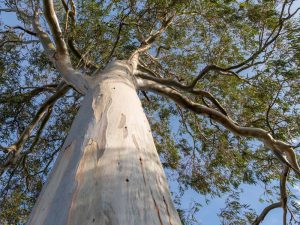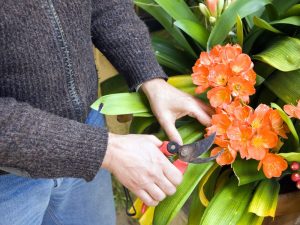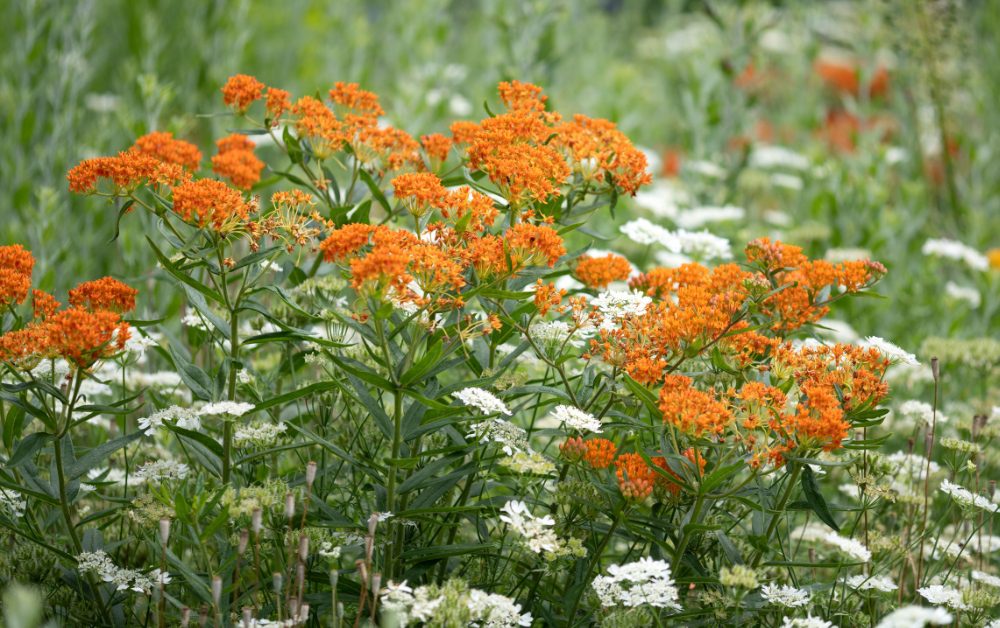
Imagine a garden where colours dance in harmony, where butterflies flutter from bloom to bloom, and the air is filled with the soothing hum of bees at work. This enchanting haven owes its allure not to exotic imports but to the magic of native plants. In this exploration, unravel the secrets behind the captivating beauty and myriad benefits of growing native plants in your garden.
Native plants, the unsung heroes of the botanical world, hold within them the essence of the local landscape. Unlike their exotic counterparts, these plants have evolved over centuries to perfectly fit into their ecosystems.
Their unique adaptations make them not only resilient but also essential contributors to the delicate balance of local biodiversity. Each native plant tells a story of coexistence and survival.
The allure of native plants extends beyond their ecological significance. Consider the practical advantages they offer to the home gardener. Native plants are nature’s solution to sustainability in landscaping, demanding less water and maintenance while providing a vibrant and resilient garden.
By embracing native plants, you not only enhance the aesthetic appeal of your space but also contribute to the conservation of local ecosystems. You will not adore native plants for their beauty but also for the practical benefits they bring.
Imagine a garden that becomes a self-sustaining haven, thriving on the natural rainfall of your region, and attracting a symphony of the local ecosystem. Picture a landscape that demands less of your time, yet rewards you with an ever-changing canvas of colors and textures.
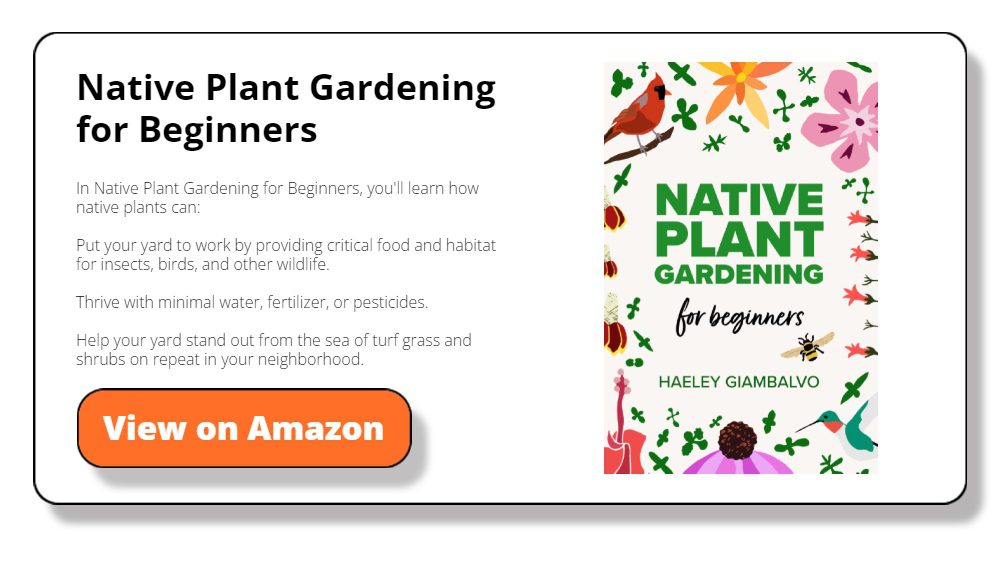
Embracing the Beauty of Native Plants: Why and How to Cultivate
Contents
Growing native plants is an act of becoming a steward of the land, and a participant in the delicate dance of nature. It’s about creating a haven that resonates with the rhythms of the local environment, fostering a connection between your garden and the broader ecosystem.
The aspiration to cultivate native plants reflects a longing to have a sense of purpose, to participate in something larger than the boundaries of your backyard.
1. Milkweed
Milkweed features clusters of vibrant, intricate flowers, attracting butterflies and enhancing the garden with its unique charm. Its ecological significance as a host plant for monarch butterflies adds to its beauty.
The fluttering presence of butterflies turns the garden into a haven of biodiversity and ecological harmony, where beauty and purpose coalesce.
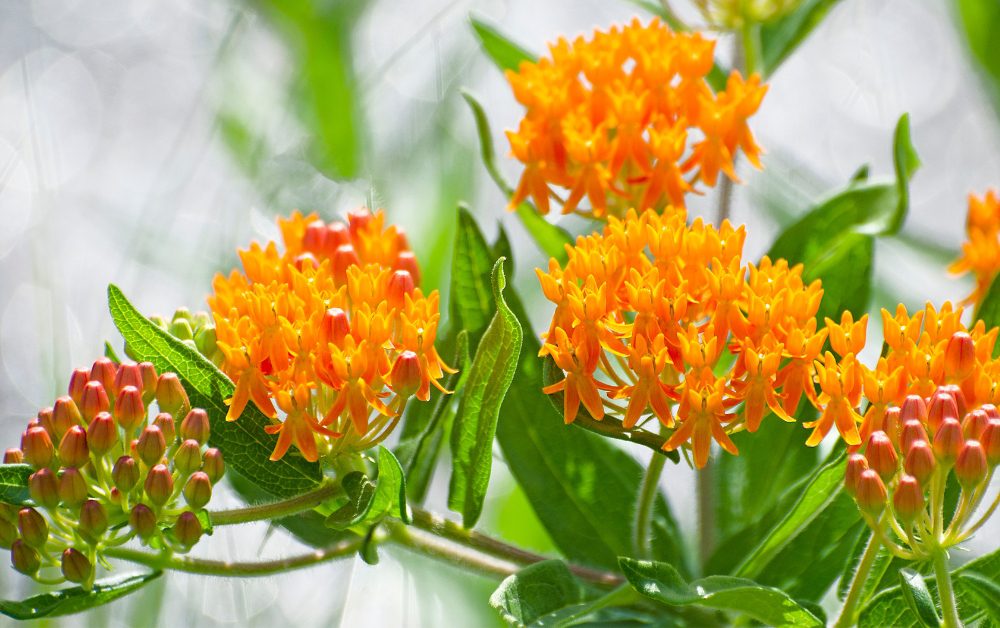
Care: Plant in well-drained soil with ample sunlight. Ensure regular watering until established, and avoid excessive pruning to support monarch populations.
2. Black-Eyed Susan (Rudbeckia hirta)
With bold golden-yellow petals and a dark central disk, Black-Eyed Susan provides a lively burst of colour in gardens. Its aesthetic appeal is complemented by its ability to attract pollinators.
The intricate dance of these pollinators around the striking blossom not only amplifies the visual allure of the garden but also contributes to the vital process of pollination, fostering the cycle of life for various plant species.
Care: Flourishes in full sun with well-drained soil. Regular watering is essential, especially during dry periods.
3. Eastern Red Columbine (Aquilegia canadensis)
Delicate red and yellow blossoms hang gracefully, attracting hummingbirds and adding an elegant, whimsical charm to the garden.
Each hanging blossom is not just a floral ornament but a living invitation for nature to showcase its most delicate and captivating performances, making the garden a haven where elegance and enchantment blend in perfect harmony.
Care: Prefers partial shade to full sun with consistently moist soil. Prune spent flowers to encourage reblooming.
4. Goldenrod (Solidago spp.)
Goldenrod contributes to the late-season garden with feathery plumes of yellow flowers, attracting pollinators and creating a warm, golden ambience. The warm, golden ambience that Goldenrod brings to the late-season garden is not merely visual; it becomes an immersive experience.
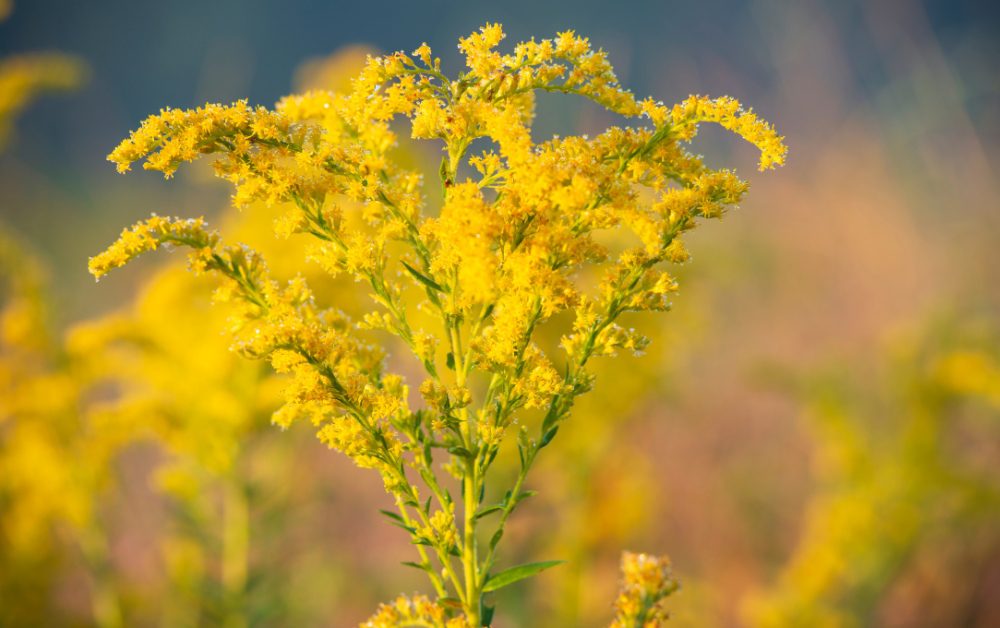
Care: Thrives in full sun with well-drained soil. While drought-tolerant, occasional watering enhances performance. Divide clumps for maintenance.
5. Eastern Redbud (Cercis canadensis)
An ornamental tree, the Eastern Redbud captivates with its profusion of pink to purple flowers in spring, complemented by heart-shaped leaves, creating a picturesque landscape. Celebrate the changing seasons and unfold nature’s artistic brilliance with this native plant.
Care: Flourishes in well-drained soil and partial to full sun. Regular watering, especially during the establishment phase, is vital. Prune as needed for shape and structure.
6. Bee Balm (Monarda fistulosa)
Bee Balm produces vibrant, fragrant pink to lavender blooms that attract bees, butterflies, and hummingbirds. Its aromatic foliage adds to its overall allure. The combination of vibrant blooms and aromatic leaves creates a multi-dimensional appeal, turning Bee Balm into a botanical treasure trove that engages both sight and scent.
Care: Plant in full sun to partial shade with consistently moist soil. Divide clumps every few years for optimal growth.
7. Butterfly Weed (Asclepias tuberosa)
Known for its vibrant orange flowers, Butterfly Weed is a magnet for butterflies. Its striking colour and ecological significance make it a standout in gardens. The harmonious convergence of its vibrant orange blooms and the graceful flutters of butterflies transform the outdoor space into a living tableau, where beauty and ecological significance coalesce seamlessly.
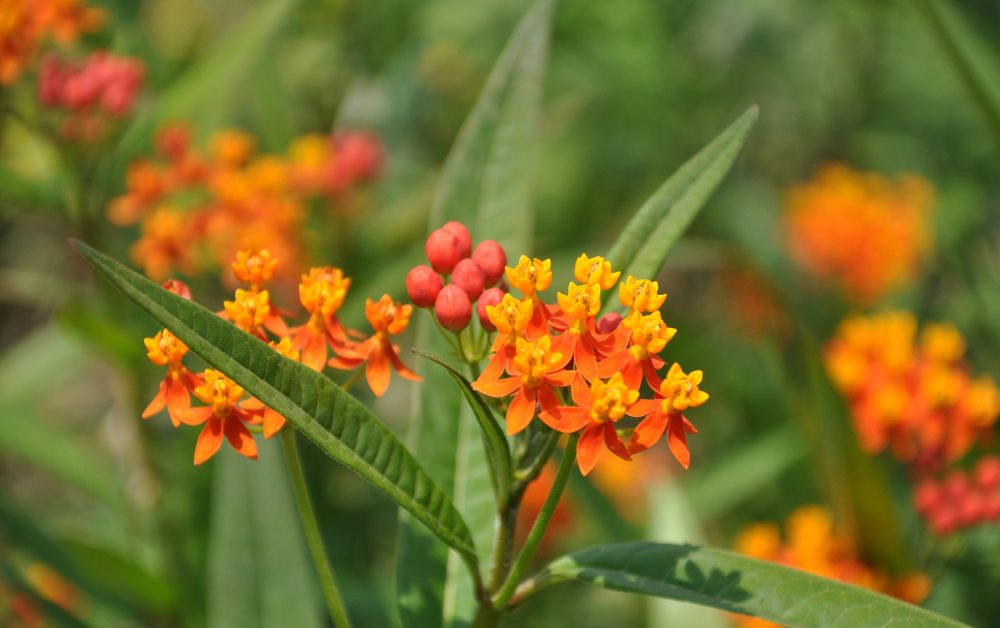
Care: Flourishes in full sun with well-drained soil. Water sparingly once established. Prune in late fall or early spring.
8. Switchgrass (Panicum virgatum)
Switchgrass adds texture and movement with its tall, graceful plumes. The feathery inflorescences turn golden in the fall, creating a dynamic and visually appealing landscape. As the seasons shift, Switchgrass takes on a new identity, casting a warm and luminous glow across the landscape.
Care: Thrives in full sun with well-drained soil. Minimal care is required; cut back in late winter or early spring for rejuvenation.
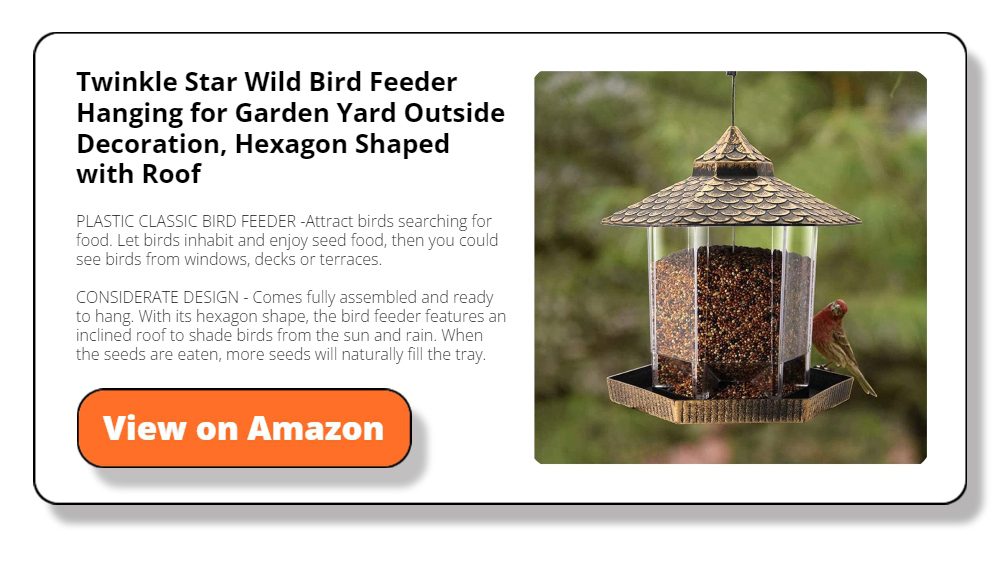
The Wrap Up
Harnessing the beauty and benefits of growing native plants in your garden is a journey of discovery and sustainability. This enriching experience not only acquaints you with the varied and enchanting realm of native plants but also emphasizes the deep significance of cultivating a garden ecosystem that is both environmentally aware and enduring.
As you delve into the intricacies of native plant cultivation, you find yourself on a path that not only enhances the aesthetic allure of your garden but also contributes to the broader tapestry of ecological well-being, fostering a harmonious coexistence between your outdoor space and the natural world.
Frequently Asked Questions
1. What are native plants?
Native plants are species that naturally occur and have evolved in specific regions over a long period. They are adapted to the local climate, soil, and ecosystem of their native area.
2. Why should you consider incorporating native plants into your garden?
Incorporating indigenous flora into your garden fosters biodiversity bolsters local ecosystems, and plays a role in environmental sustainability. Indigenous plants are naturally suited to the area, reducing the need for excessive water, fertilizers, and pesticides.
3. How can you support the conservation of native plant species?
You can support native plant conservation by choosing native species for your garden, participating in local conservation initiatives, and spreading awareness about the importance of preserving indigenous flora.

